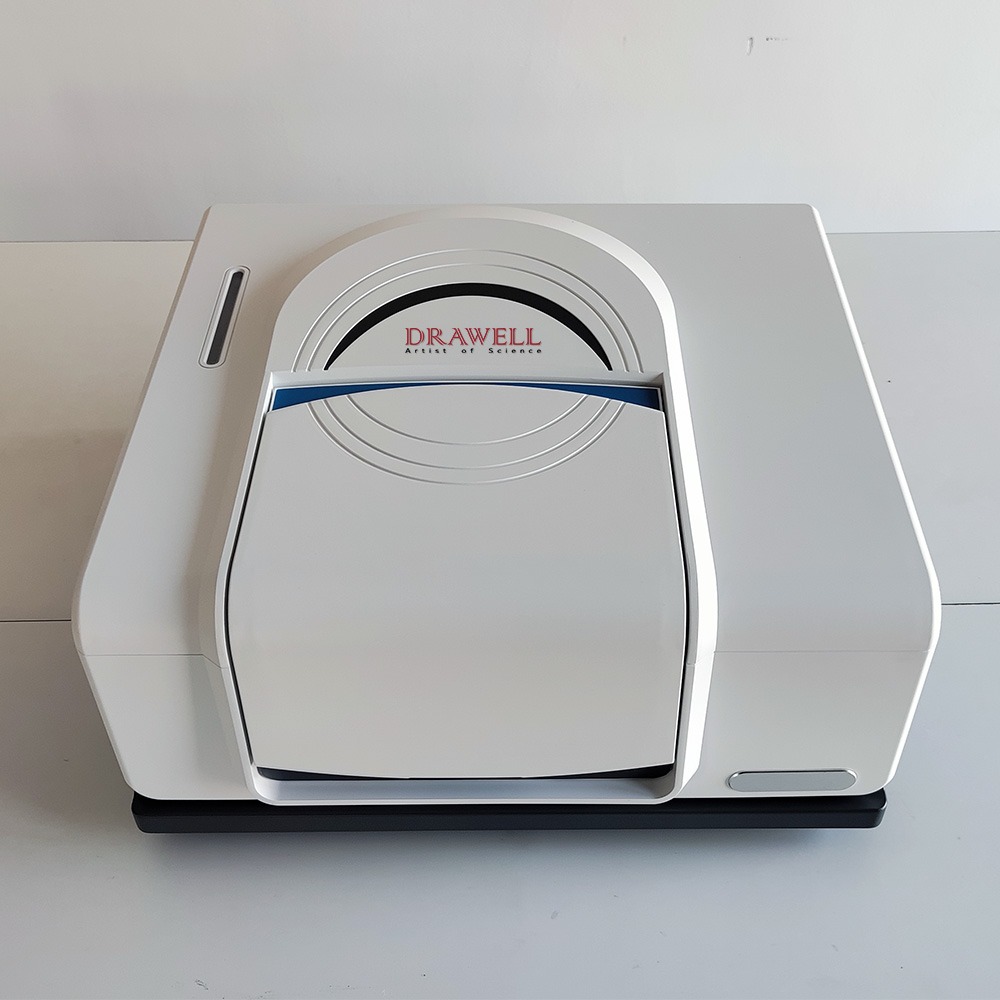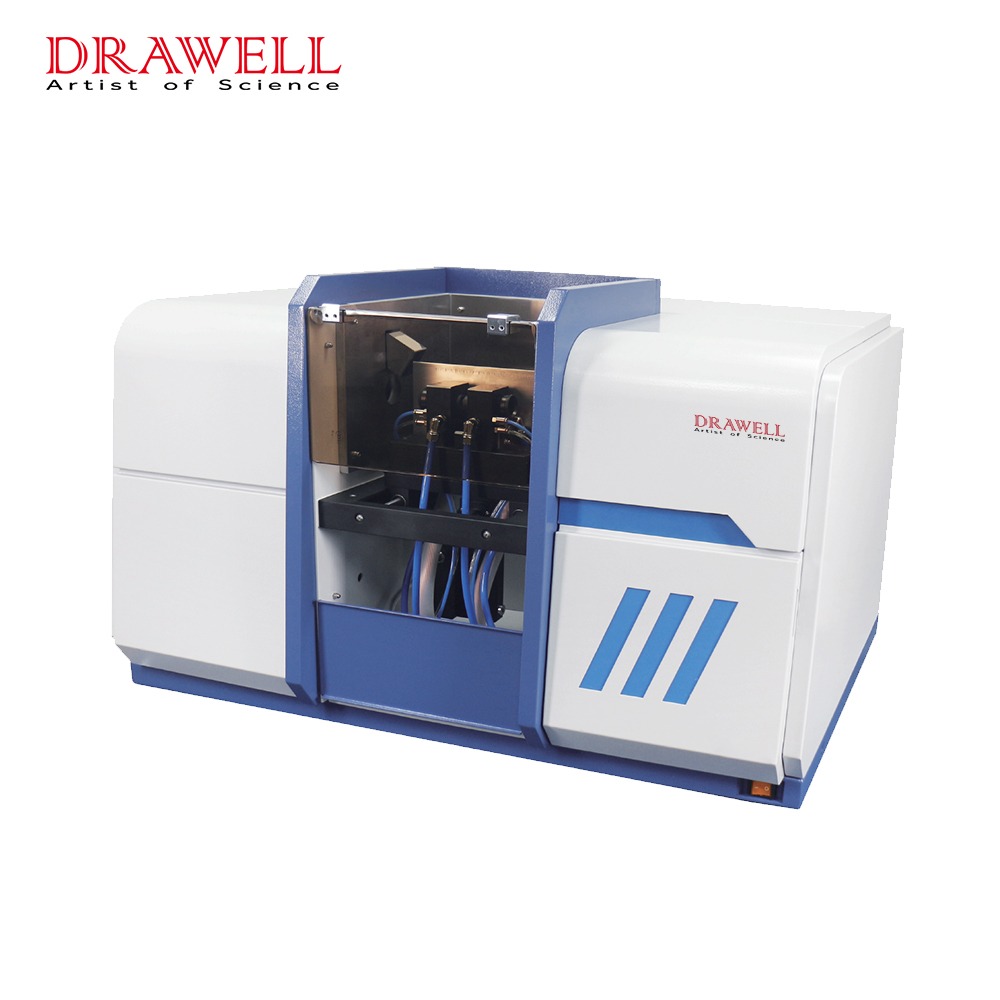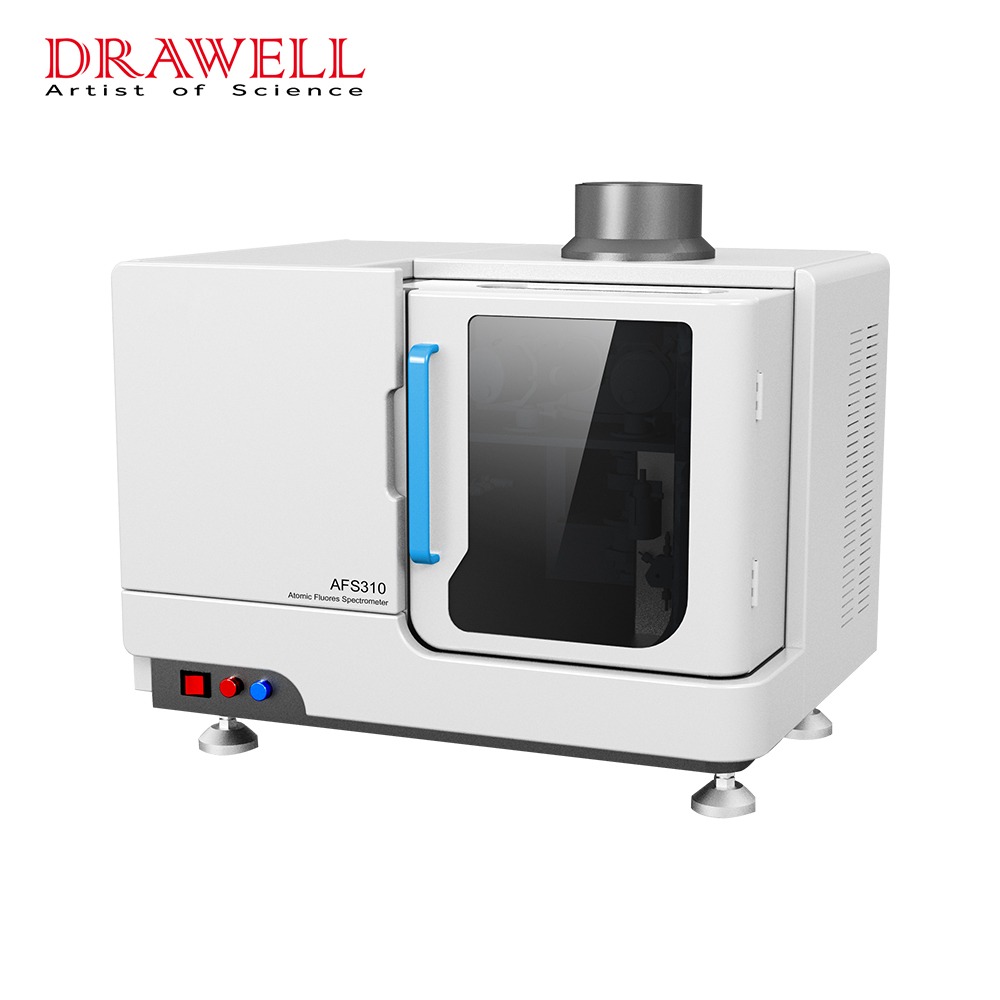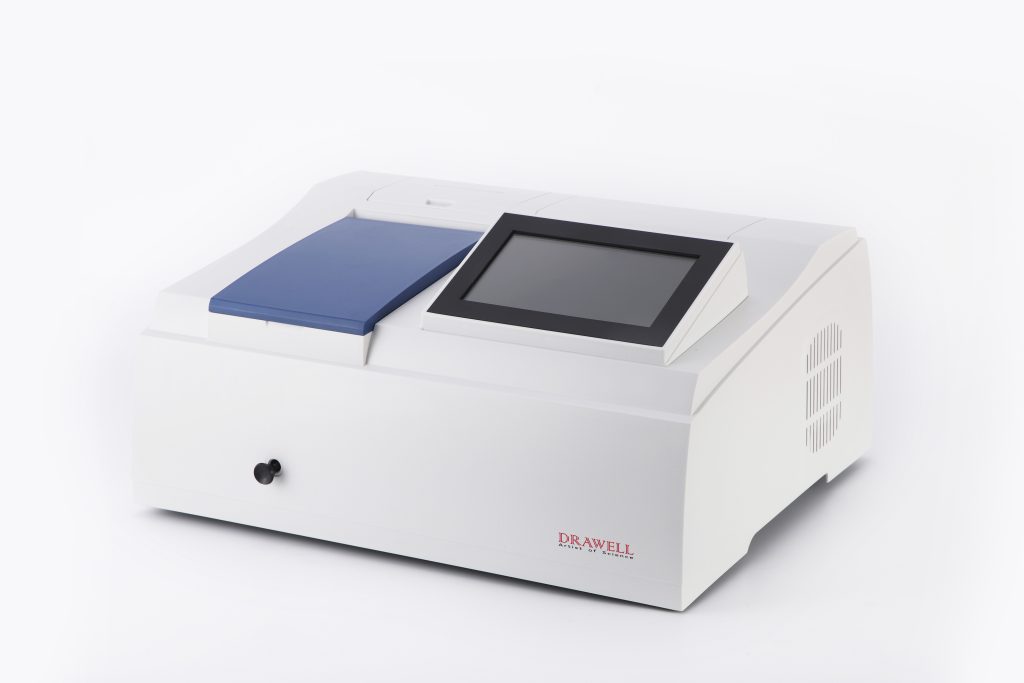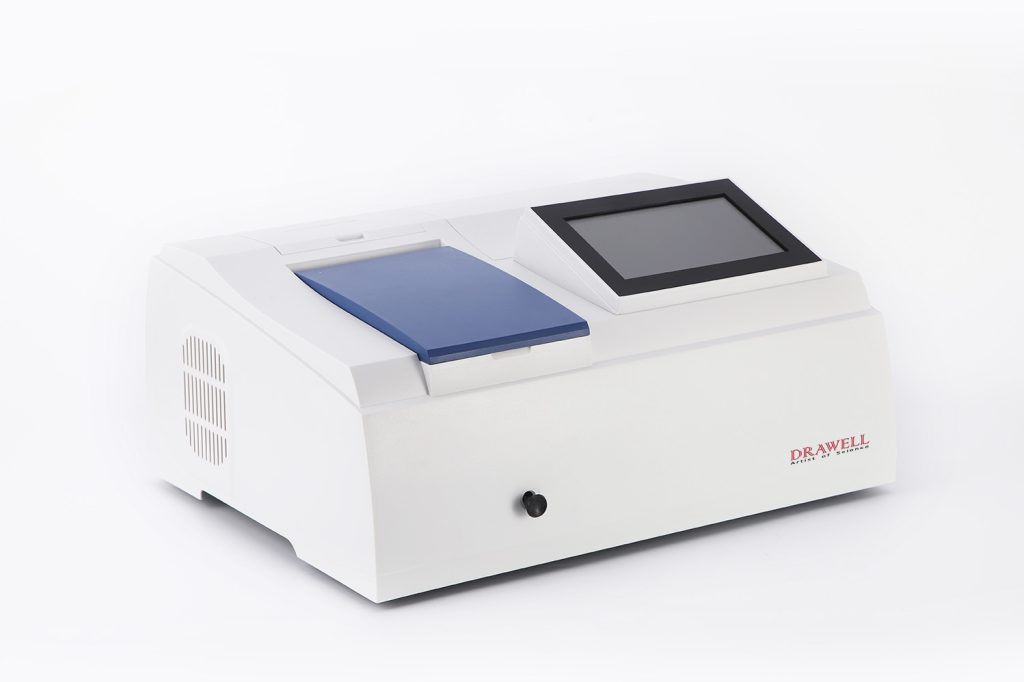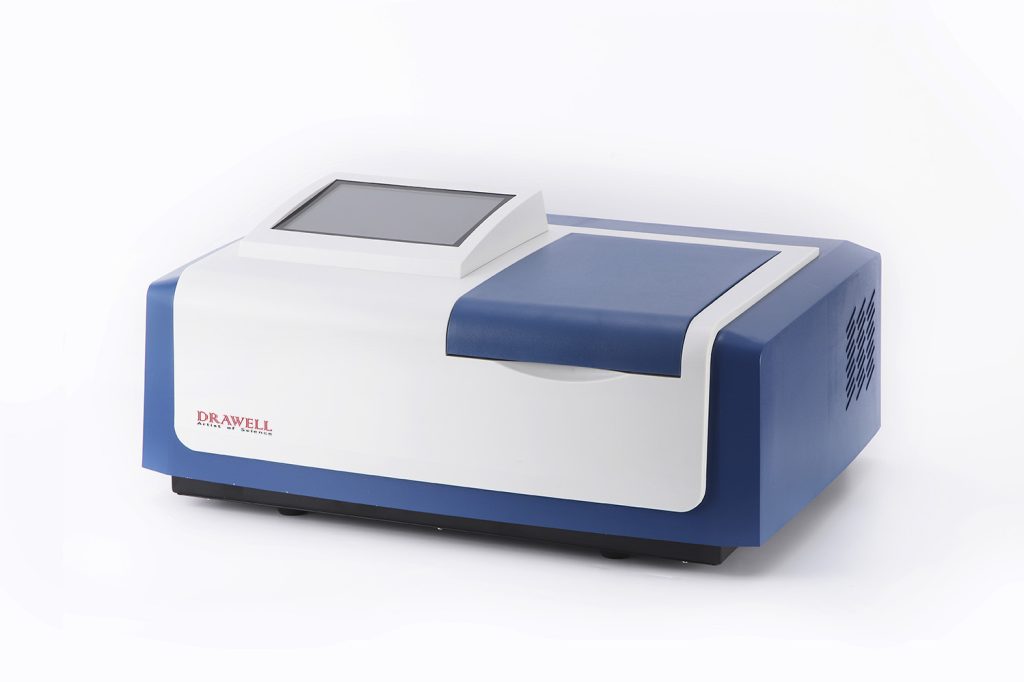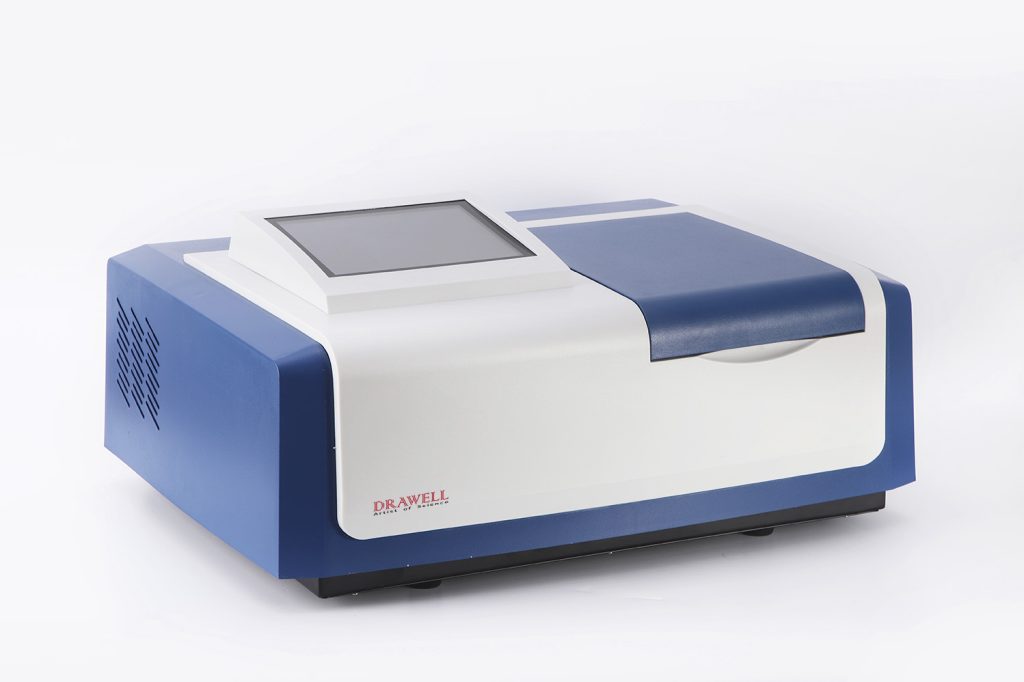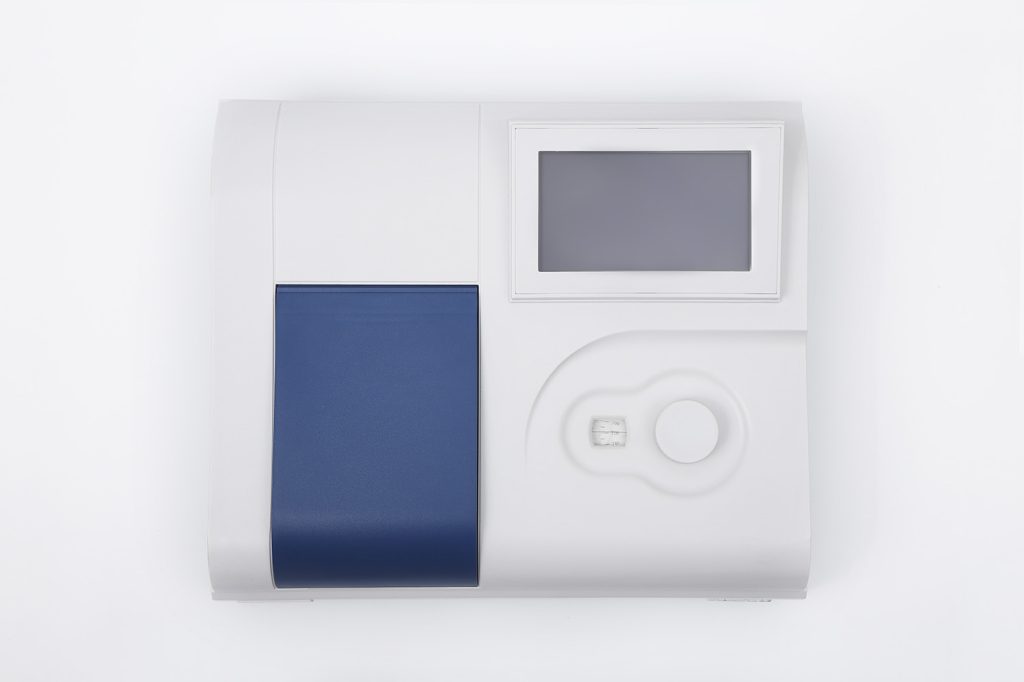Spectrophotometers are crucial tools in a variety of scientific areas, such as chemistry, biology, and environmental research, where precise and accurate measurements of light absorption are required. It is critical to conduct thorough calibration and validation processes to preserve the dependability of spectrophotometric data. This article explores the significance of spectrophotometer calibration and validation, the methods involved, and the impact on the accuracy of scientific analyses.
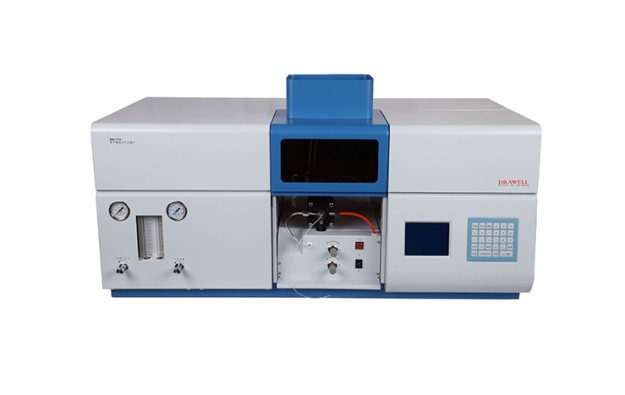
Why Calibration and Validation of Spectrophotometers are Important?
1. Ensuring Accuracy
Spectrophotometers measure the amount of light absorbed by a sample and convert it into measurable data. Calibration is required to ensure that the equipment gives precise and reliable readings, hence creating the groundwork for valid scientific results.
2. Quality Control
Calibration is a quality control procedure that establishes a reference point for the performance of the spectrophotometer. Regular calibration checks help identify and rectify any deviations, preventing inaccuracies in subsequent analyses.
3. Traceability
Calibration ensures traceability by aligning the measurements of the instrument with known standards. This guarantees that the spectrophotometer’s data may be compared and validated across laboratories and devices.
4. Compliance with Standards
Many scientific fields adhere to strict norms and restrictions. Calibration ensures that spectrophotometer measurements meet industry standards, which improves the credibility and reproducibility of study findings.
5. Error Reduction
Calibration reduces systematic mistakes caused by factors including instrument drift, changes in ambient conditions, and wear and tear. Over time, this leads to more precise and consistent outcomes.
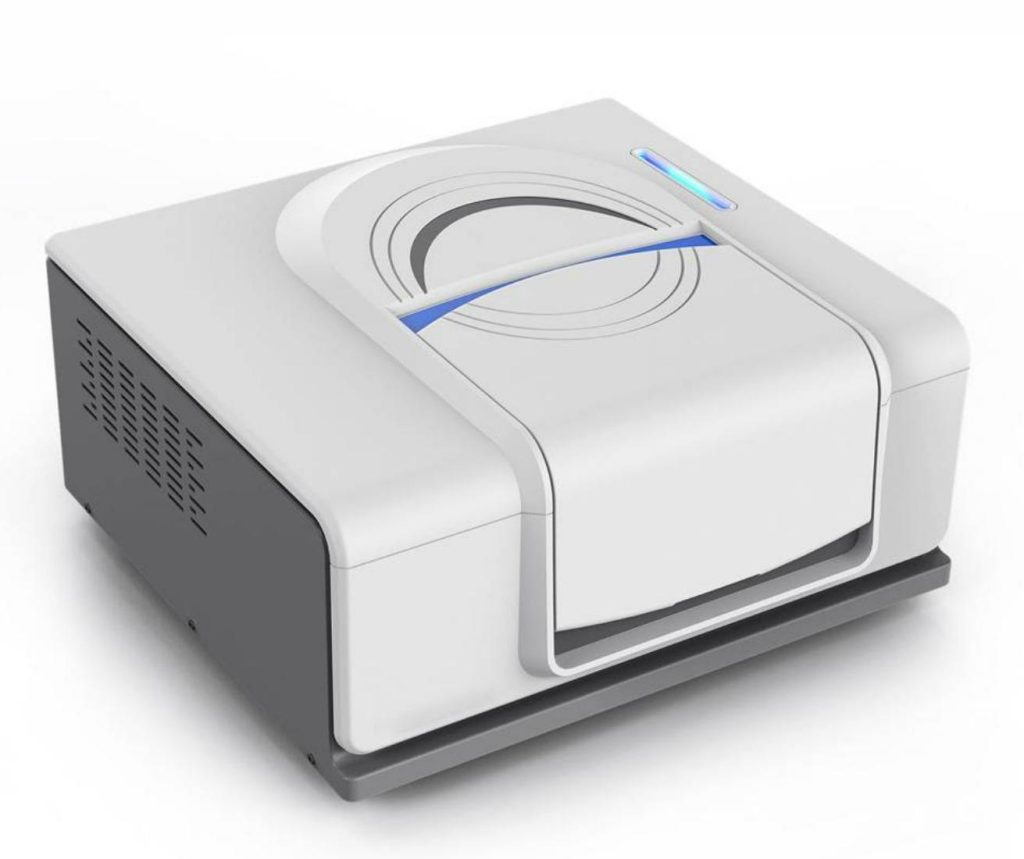
What are Effective Methods for Calibration and Validation of Spectrophotometers
Spectrophotometer Calibration Methods
- Wavelength Calibration
Wavelength calibration is critical to ensuring that the spectrophotometer reliably identifies and measures the desired light wavelengths. Known standards, such as mercury or neon emission lines, are used to align the instrument’s wavelength scale.
- Photometric Calibration
Photometric calibration focuses on the accuracy of the instrument’s response to varying levels of light intensity. Calibration is typically achieved using neutral density filters or standard solutions with known absorbance values. This process allows the spectrophotometer to correlate light intensity with absorbance accurately.
- Stray Light Correction
Spectrophotometers may experience stray light, which can interfere with accurate measurements. Calibration involves correction for stray light by utilizing a blank solution (free of the analyte) and a solution with high absorbance. This allows the instrument to compensate for any stray light effects.
- Baseline Correction
Calibration of the spectrophotometer is required for accurate measurements of the baseline or starting absorbance. When assessing samples, this adjustment adjusts for any changes in the instrument’s response.
- Regular Maintenance Checks
Calibration is a continuous process that includes maintenance inspections on a regular basis. This entails comparing the instrument’s performance to known standards and ensuring that any discrepancies are identified and remedied as soon as possible.
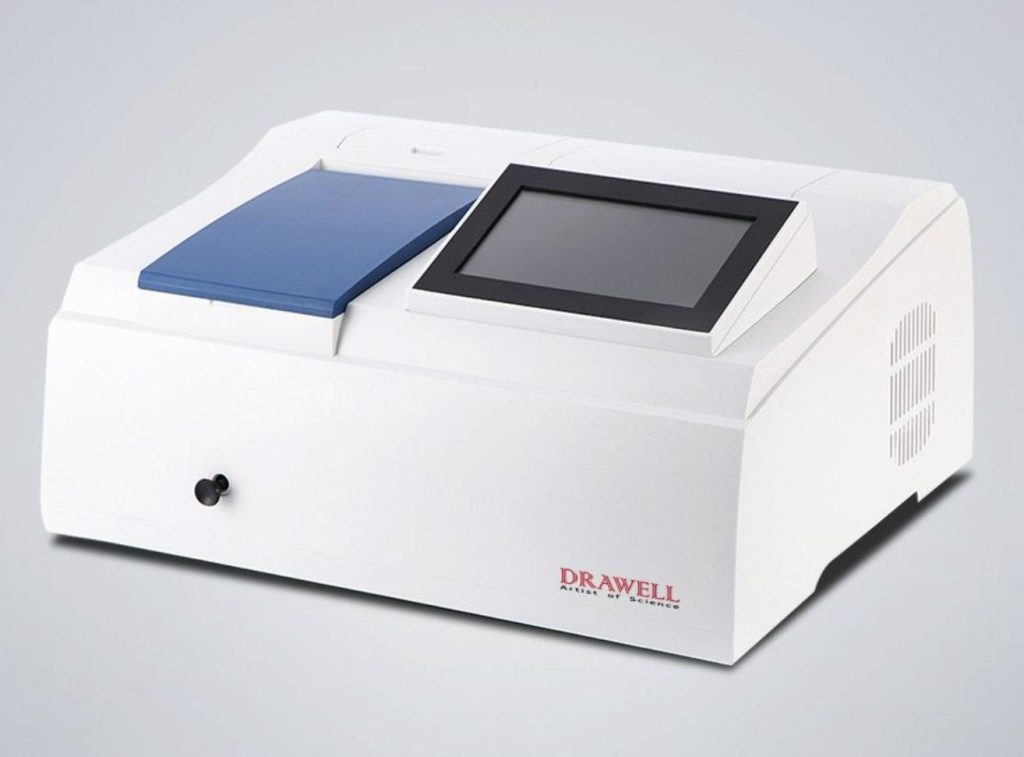
Key Aspects of Spectrophotometer Validation
- Performance Verification
The validation process begins with an assessment of the overall performance of the spectrophotometer. This involves verifying its accuracy, precision, and linearity under different conditions to ensure consistent and reliable results.
- Reproducibility Testing
Reproducibility testing evaluates the spectrophotometer’s ability to produce consistent results when measuring the same sample multiple times. Statistical analyses help assess the instrument’s precision and its capability to reproduce measurements under varying conditions.
- Verification of Calibration
The calibration’s effectiveness is verified as part of the validation procedure. This entails comparing the spectrophotometer’s results to recognized standards to determine the accuracy of measurements across a range of concentrations.
- Analysis of System Suitability
System suitability tests are performed to assess the overall performance of the analytical system, including the spectrophotometer. This ensures that the instrument can produce accurate and consistent findings for certain analytical procedures.
- Method Validation Protocols
Spectrophotometer validation incorporates the validation of specific analytical methods. This includes assessing the linearity, range, precision, and accuracy of the methods employed to ensure their suitability for the intended analyses.
- Verification of Data Integrity
Validation relies heavily on data integrity. Ensuring that the data generated by the spectrophotometer is accurate, complete, and dependable improves the credibility of study findings and facilitates experiment reproducibility.
Conclusion
In scientific research and industry, spectrophotometer calibration and validation are critical components of the analytical procedure. Scientists and researchers can ensure the precision, reliability, and traceability of spectrophotometric measurements by implementing these techniques. Calibration establishes a consistent reference point, whereas validation checks the instrument’s performance under diverse settings. The combination of rigorous calibration and validation techniques not only improves the quality of scientific data but also advances knowledge across multiple scientific disciplines. As technology continues to evolve, the importance of these calibration and validation processes remains paramount in maintaining the integrity of spectrophotometric analyses.

